The right incentive program can be a powerful motivator, but there are several factors to consider. Here’s how to know which one is right for you.
In this article you’ll learn:
- How incentive structures can help to retain talent
- The difference between entry-, mid- and senior-level type incentive structures
- How to know which incentive structure is best for your team
As a business owner, you want to create an environment of high performance and efficiency, and one of the best ways to do this is through competitive incentive structures.
The number one rule for any incentive structure is that they need to be clear, measurable, and achievable. The incentive shouldn’t be a complicated formula that can only be calculated with the help of an expert, nor should it be so ambitious that the likelihood of an employee achieving it is very low.
Incentives are natural motivators. However, unless your incentive plans are structured correctly, they can cause more problems than they solve.
Here’s how to choose the right plan to motivate your employees to deliver the performance you want.
Entry-level incentives
Discretionary bonus
A good entry-level incentive structure would be a discretionary bonus. It’s discretionary because there is no obligation on the employer to award the bonus. More importantly, employees cannot contractually rely on a discretionary bonus, which means that it is not the most powerful way to incentivize an employee because it’s not guaranteed.
Mid-level incentives
Commission-based incentive structure
To better align an employee’s performance with that of its owners, an owner would need to start exploring mid-level and senior-level incentive structures, which include commissions, profit sharing and equity incentives. All three of these are, by nature, contractual which means that they are underpinned by a written agreement between you as the employer and your employee.
Before settling on a particular incentive structure, you need to decide what type of outcome you are looking to drive and whether the incentive is being pitched at the correct level. For example, if you want to encourage your staff to grow sales, a sales commission may be a viable option however, if you want to encourage your staff to be more cost-effective, a sales commission won’t give you the outcome you are looking for. There’s no point in asking a salesperson to cut down on costs, as it is unlikely to be within their control.
Commissions are commonly used in sales but can be applied in other parts of a business (e.g. cost cutting in operations or cash collection in accounts receivable). A commission may take the form of a fixed fee, a percentage of the desired outcome it is driving, or both.
When deciding on which form to take, it’s important to focus on the product or service that you’re trying to sell:
Fixed fee
A fixed fee works well if there is one product or service on offer but does not encourage someone to upsell where there are a variety of products or services on offer.
Percentage of the desired outcome
Where there are a variety of products or services on offer, a percentage basis method may be the better bet. It is also common practice to have a tiered commission structure that adjusts based on certain thresholds being achieved.
It’s important to get the right balance between the base and commission elements of an employee’s compensation package. A compensation package that is too heavily weighted towards the base salary does not encourage growth whereas a package that is too heavily weighted on commission may lead to lower job security.
You need to be mindful of the impact the commission may have on the wider business and ensure that the cohesion within a team is maintained. You also want someone that’s driven to perform on a particular outcome but at the same time, mindful of the ultimate effect that it has on the business.
Ask yourself: although the sales team may have the capacity to drive many sales, is the rest of the team equipped to fulfill those sales on time and at the quality expected of them?
Senior-level incentives
Profit share
If you’re looking to incentivize your employee on a more holistic level (i.e. where they are incentivized based on more than just one area of the business), a profit share incentive may be the answer you are looking for.
A profit share incentive, as the name would imply, is a compensation structure that awards employees a percentage of the company’s profits. Such an incentive does not require the employee to hold a vested interest in the company (e.g. stock) and any benefit derived by the employee through this type of incentive is received in the same way as a discretionary bonus or commission payment would be.
Having an employee participate in the profits of the business gets them to buy into the bigger picture and is generally reserved for more senior employees.
When drafting a profit share incentive, it is important to identify what is in and what is out. For example, in an owner-managed business, there may be non-related business income and expenditure running through the business and an employee’s profit share shouldn’t be impacted by these items. Therefore, the company’s profits must be adjusted for any non-related business income received and expenditure incurred during the measurement period. A common adjustment is to make provision for or to reduce the owner’s salary to a market-related amount.
Equity incentives
Another senior-level incentive is equity (i.e. stock or shares in the company). This type of incentive is best suited for employees that you want to walk a long road with and is a useful tool for retaining the talent you believe are integral to the business or that you think might be able to take over from you in the future.
By offering an employee equity in the business, you allow them to become invested in the entire business, to sit alongside you as a co-owner, and to think like an owner.
Before rolling out any incentive structure, it’s best to run a simulation of the incentive based on the last two years of financial performance and assess what the benefits of the incentive would have been, had the incentive been implemented earlier. This will allow you to give valuable insight to the employee you are trying to incentivize and will assist in identifying any blind spots or potential issues with the structure of the incentive.
However, if you don’t have the data to see what this incentive would’ve looked like, don’t be afraid to be transparent. You can communicate your vision with the person you are looking to incentivize and start with a short-term incentive such as a commission structure. This will allow you to reassess in a few months and decide whether a long-term incentive such as a profit share or equity is a viable option.
Regardless of whether you’re looking to implement a short-, mid-, or long-term, individual or team-wide incentive program, the key is to approach it with the care and attention to detail it deserves so that it delivers the best results for you and your employees being incentivized.
Want to find the incentive structure? Reach out to CleverProfits and we can design one that suits you, your business and your employees.
Please note that this article does not consider the tax implications of implementing any of the above incentive structures and we would advise that you take specific advice in this regard prior to implementation.The Clever Writing Team
The CleverProfits writing team includes various team members in Advisory, Financial Strategy, Tax, and Leadership. Our goal is to provide relevant and easy-to-understand financial content to help founders and business leaders reach their true potential.






